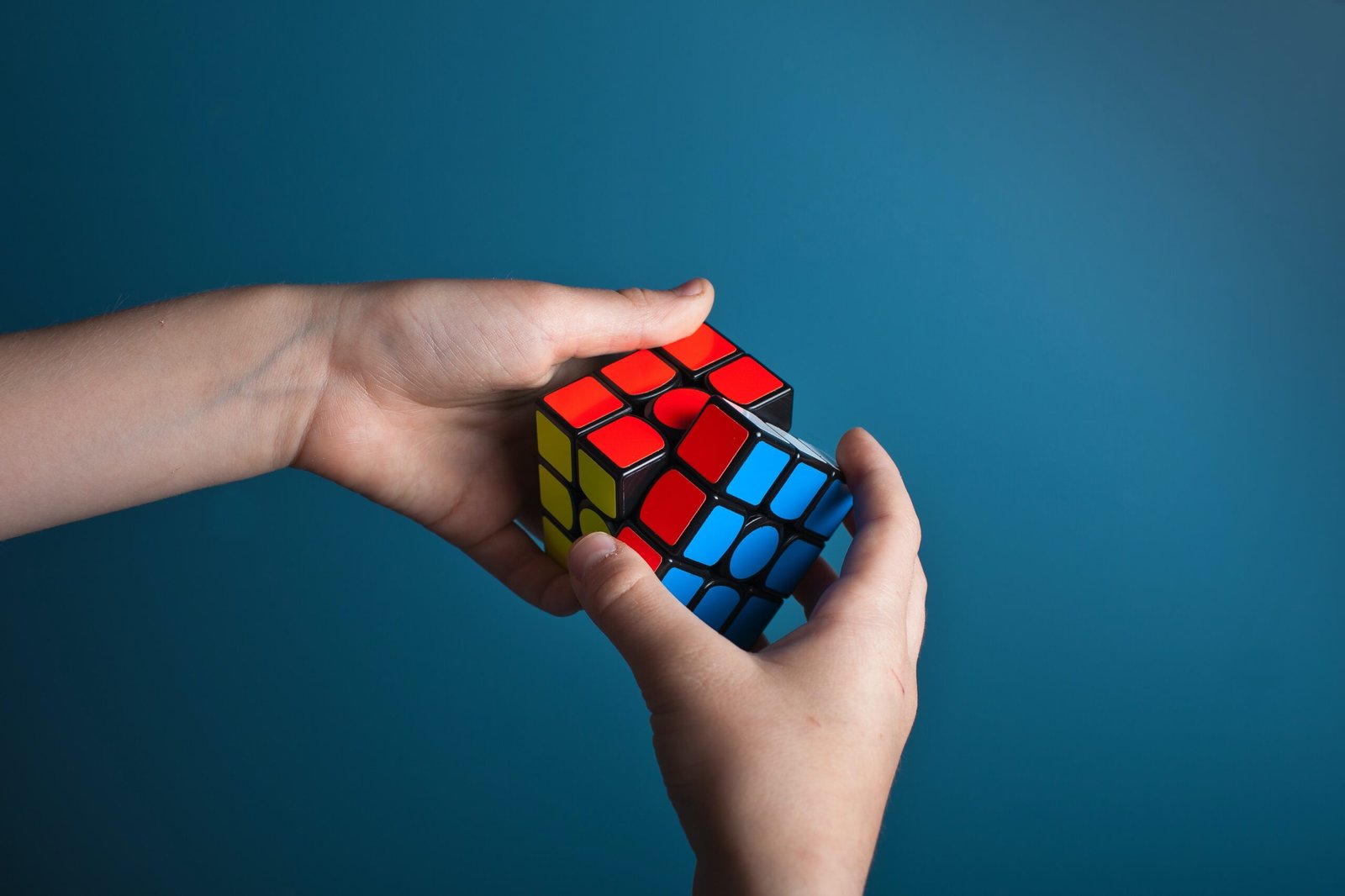Sir Isaac Newton is widely regarded as one of the most influential and important scientists in history. His pioneering theories and discoveries shaped our understanding of the physical world and gave us the tools to unlock many mysteries of the universe. One of his most famous and ground-breaking works was his Three Laws of Motion, which explained why objects move as they do. In this blog post, we will explore these laws in depth, looking at how they work and why they are still relevant today. We’ll also take a look at some of Newton’s other key revolutionary discoveries that paved the way for modern sciences.
The Birth of Newtonian Mechanics: The Discovery of Isaac Newton’s Laws
In the late 1600s, English physicist and mathematician Sir Isaac Newton discovered the three laws of motion that form the basis of classical mechanics. These laws describe the relationships between an object’s mass, its velocity, and the forces acting on it. Newton’s first law, known as the law of inertia, states that an object at rest will remain at rest unless acted on by an external force. Similarly, an object in motion will continue in motion in a straight line at a constant speed unless acted on by an external force. This law explains why objects tend to keep moving in a straight line unless something changes their direction.
Newton’s second law states that the acceleration of an object is proportional to the sum of all the forces acting on it. This means that if two forces are acting on an object in opposite directions, they will cancel each other out and the object will not accelerate. However, if the two forces are acting in the same direction, they will add together and create a larger force that will cause the object to accelerate.
Newton’s third law states that for every action there is an equal and opposite reaction. This means that if one body exerts a force on another body, then the second body will exert an equal and opposite force back on the first body. This law explains how rockets work; as fuel is burned and expelled from the rocket engine, it pushes against the air behind it and propels the rocket forward.
Exploring the Principles Behind Newton’s First Law: Inertia and its Implications
Inertia is the resistance of any physical object to a change in its state of motion. It is measured by the object’s mass. The greater an object’s mass, the greater its inertia.
Inertia is one of the fundamental principles behind Newton’s first law of motion, which states that an object will remain at rest or in uniform motion in a straight line unless acted upon by an external force. This law is often referred to as the law of inertia.
One of the implications of inertia is that it takes more force to change the direction of a moving object than it does to keep it moving in a straight line. This can be demonstrated by considering two objects of different masses, such as a feather and a brick. If both are dropped from the same height at the same time, the feather will take longer to reach the ground than the brick. This is because the feather has less mass and therefore less inertia.
Another implication of inertia is that it takes more force to stop a moving object than it does to get it moving. This is why it is easier to keep a car moving once it is already in motion than it is to start it from rest. The car has more momentum when it is already moving and thus requires more force to stop it.
The Relationship between Force and Motion: A Study of Newton’s Second Law
In his second law of motion, Newton states that force is equal to the mass of an object times its acceleration. In other words, the greater the mass of an object, the more force is required to move it. This relationship between force and motion is known as Newton’s second law of motion.
In order to understand this relationship, it is helpful to consider an example. Imagine you are pushing a shopping cart across a parking lot. The shopping cart has a mass of 10 kg and you are exerting a force of 10 N on it. The acceleration of the shopping cart is therefore 1 m/s2.
Now imagine you are pushing a car across the same parking lot. The car has a mass of 1000 kg and you are exerting the same force of 10 N on it. The acceleration of the car is therefore 0.01 m/s2.
As you can see from this example, the relationship between force and motion is directly proportional – as the mass of an object increases, so too does the amount of force required to move it. This relationship is what Newton’s second law of motion describes.
The Concept of Action and Reaction: A Look into Newton’s Third Law
Newton’s third law of motion states that for every action, there is an equal and opposite reaction. This law explains the nature of how forces work in pairs to create movement. The concept of action and reaction is a fundamental principle in physics and it is often used to help explain the behavior of objects in motion.
One of the most famous examples of Newton’s third law is the story of how he discovered it. The legend goes that Newton was sitting under a tree when an apple fell on his head. This event led him to wonder about the force that caused the apple to fall. He then came up with the idea that there must be a force that pulls objects towards the center of the earth. This force is known as gravity.
Newton’s third law can also be used to explain why rockets work. When a rocket is launched, the engines produce a large amount of thrust. This thrust pushes against the air, which in turn pushes against the rocket. The reaction from the air pushes the rocket forward and gives it lift.
This same principle can be seen at work when you jump into a swimming pool. As you push off from the side of pool, your feet push against the water. The water then pushes back against your feet with an equal force, propelling you through the water.
So, whether you’re launching a rocket or jumping into a pool, remember Newton’s third law: for every action, there is an equal and opposite reaction!
The Impact of Newton’s Laws on Scientific Thought and Progress
Newton’s laws of motion and gravitation were groundbreaking discoveries that had a profound impact on scientific thought and progress. Newton’s laws explained the behavior of objects in terms of force and motion, and his law of gravitation showed how gravity affects objects in the universe. These laws revolutionized our understanding of the physical world and laid the foundation for modern physics.
The Lasting Legacy of Sir Isaac Newton in the World of Physics
Few people have had as much of an impact on the world of physics as Sir Isaac Newton. His three laws of motion are some of the most important principles in all of science. Even today, hundreds of years after his death, Newton’s legacy continues to be felt in the world of physics.
Newton’s three laws of motion are some of the most fundamental principles in all of science. These laws describe the basic behavior of objects in motion, and they are still used by physicists today to understand everything from the movement of planets to the behavior of subatomic particles.
Newton’s law of gravity is also one of the most important principles in all of physics. It explains why objects fall when dropped and how planets orbit around stars. Even today, scientists continue to use Newton’s law of gravity to better understand the Universe.
In addition to his work on motion and gravity, Newton also made important contributions to optics and calculus. His work on optics led to the development of telescopes and other optical instruments. And his work on calculus laid the foundation for much of modern mathematics.
Sir Isaac Newton was one of the most important scientists who ever lived. His discoveries changed our understanding of the Universe forever, and his lasting legacy continues to be felt in the world of physics today.
Bringing Newton’s Laws to Life: Real-World Applications and Examples
In the late 1600s, English physicist and mathematician Sir Isaac Newton put forth his Three Laws of Motion, which to this day remain the foundation of classical mechanics. These laws not only explained many previously mysterious phenomena, but also opened up new possibilities for technological advancement. From early steam engines to today’s supersonic jets, virtually all machines rely on Newton’s laws to function.
In addition to providing a framework for understanding how the world works, Newton’s laws also have far-reaching practical applications. Here are just a few examples of real-world scenarios where Newton’s laws come into play:
A car accelerating down the highway is an excellent example of Newton’s First Law of Motion, which states that an object in motion will stay in motion unless acted upon by an external force. The force propelling the car forward is generated by the engine, and it is this force that overcomes the resistance of air resistance and friction from the road surface.
Newton’s Second Law of Motion is often demonstrated by rollercoasters. As a rollercoaster climbs up a hill, it potential energy increases. This potential energy is converted into kinetic energy as the coaster hurtles down the other side of the hill. The amount of kinetic energy depends on two factors: mass and velocity. A heavier coaster or one with a higher velocity will have more kinetic energy than a lighter coaster or one with a lower velocity.
Have you ever wondered how rockets are able to fly? It’s all thanks to Newton’s Third Law of Motion, which states that for every action, there is an equal and opposite reaction. When rocket engines fire, they generate enormous amounts of thrust. This thrust pushes against the atmosphere, propelling the rocket forward. At the same time, the exhaust from the engine is expelled in the opposite direction, providing a reaction force that propels the rocket in a forward direction.
These are just a few of the many examples of how Newton’s laws are applied in everyday life. From simple machines to complex technology, it’s easy to see why these laws remain so important even centuries after they were first introduced.
The Continuing Relevance of Newton’s Laws in Modern Science and Technology
In the centuries since Newton formulated his Three Laws of Motion, they have been repeatedly confirmed by experiments and remain the foundation of classical mechanics. Even in the realm of quantum mechanics, where the behavior of subatomic particles is often unpredictable, Newton’s laws still provide a good approximation for large-scale objects like spacecraft.
In our everyday lives, we constantly rely on Newton’s laws to help us understand and predict the behavior of the physical world around us. For example, when you ride a bicycle, you use Newton’s laws to keep yourself upright and pedaling forward. When you catch a ball, you use Newton’s laws to judge its trajectory and intercept it.
Newton’s laws are also essential for technology that we take for granted, such as automobiles and airplanes. Engineers use Newton’s laws to design safe and efficient vehicles; without them, our transportation systems would be very different (and probably much less safe).
So although Sir Isaac Newton lived in a very different world from ours, his discoveries continue to be relevant and useful today. Next time you experience one of the many wonders of modern science or technology, remember that it’s all based on the work of one remarkable man who lived over 300 years ago.
Honoring the Contributions of Sir Isaac Newton to the Field of Mechanics
In his groundbreaking book Philosophiæ Naturalis Principia Mathematica, Sir Isaac Newton laid out the three laws of motion that would come to form the basis of classical mechanics. These laws describe the fundamental principles governing the motion of bodies under the influence of forces and are still used by scientists and engineers today.
Newton’s first law, commonly known as the law of inertia, states that an object will remain at rest or continue moving in a straight line unless acted upon by an external force. This law is a direct consequence of the fact that objects have mass and are therefore resistant to change in their state of motion.
The second law states that the acceleration of an object is proportional to the net force acting on it and is inversely proportional to its mass. This relationship is represented by the equation F = ma, where F is force, m is mass, and a is acceleration.
Finally, Newton’s third law states that for every action there is an equal and opposite reaction. This means that when two bodies interact, they exert forces on each other that are equal in magnitude but opposite in direction.
These three laws not only revolutionized our understanding of motion but also had a profound impact on many other areas of science and engineering. To this day, Sir Isaac Newton is considered one of the most influential scientists in history.







